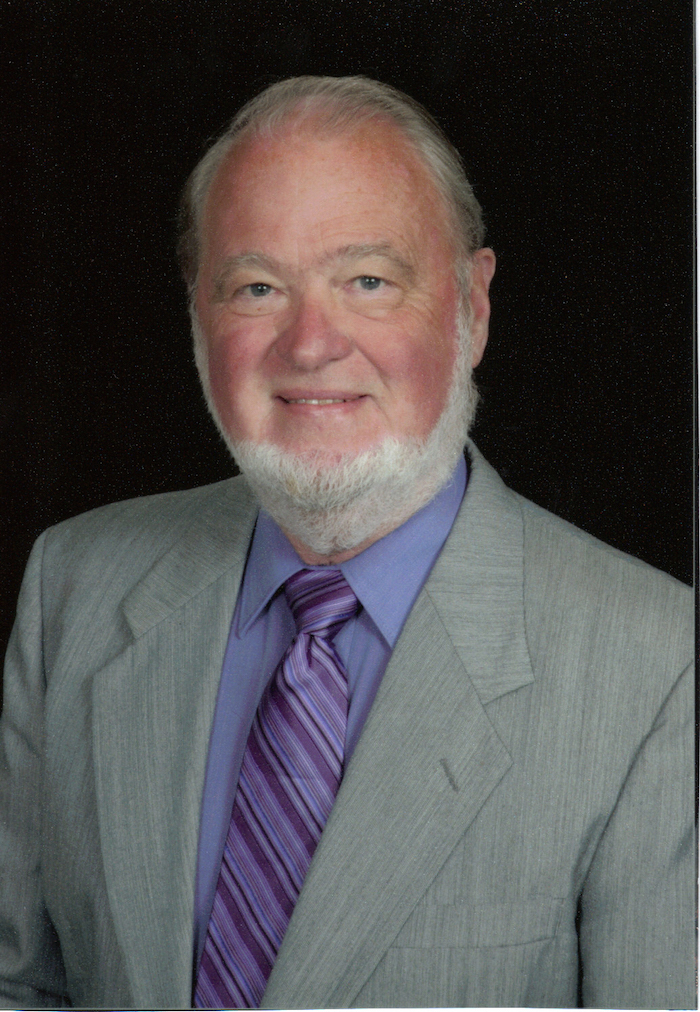Uppers, Downers and All-rounders:
Knowing the Drugs your Clients are Abusing
Fall Workshop 2015
Thursday, November 5, 2015
Delta Winnipeg (350 St. Mary’s Ave.)

ROBERT M. JULIEN
Presenter
Dr. Julien received his M.S. and Ph.D. in Pharmacology from the University of Washington and his Medical Degree from the University of California at Irvine.
His many research articles focus on the psychopharmacology of sedative and antiepileptic drugs. Previously an Associate Professor of Pharmacology and Anesthesiology at the Oregon Health Sciences University, Dr. Julien is retired from the active practice of medical anesthesiology at Providence St. Vincent Hospital in Portland Oregon. He has published the 13th edition of his psychopharmacology textbook Julien’s Primer of Drug Action (Worth Publishers, 2014). With 41 years of continuous publication, Julien’s Primer of Drug Action is regarded as a definitive textbook of psychopharmacology, covering both psychotherapeutic agents as well as substances of abuse.
synopsis
8:30-9:45 Drugs that impair cognition: Poorly recognized dementing drugs.
We all know that alcohol is a cognitive inhibitor. Its short half-life makes such intoxicating effects quite apparent. Less recognized are the adverse cognitive effects of other sedatives, from benzodiazepines to hypnotics. Knowledge of which drugs these are, their half-lives and which patients are taking these drugs is essential to optimal practice.
10:00-11:15 Psychostimulants: From cocaine to methylphenidate to methamphetamine and to “bath salt” compounds.
Methylphenidate and amphetamine are used to treat ADHD in children and adults. Higher doses cause major side effects, from anxiety & insomnia to paranoid psychosis. Older drugs of abuse are methamphetamine derivatives (ie, MDMA) add psychedelic properties. More recent derivatives (bath salts) add even more potent psychedelic and psychotic effects.
11:15-12:00 Psychedelic drugs: Halloween is a psychopharmacology holiday.
There are at least 4 classes of psychedelic drugs. Each class will be presented and representative drugs from each class will be discussed. Drugs from each class are widely used and abused.
12:50-14:15 Marijuana: THC, CBD, “Spice drugs”. Focus on medical and recreational marijuana.
Marijuana prohibition is rapidly ending. Alkaloids from marijuana (ie, THC and CBD) have both medical & recreational uses. With wider use, THC toxicities are becoming increasingly apparent. CBD may play an increasingly important role.
14:30-16:00 Opioid Analgesics: From heroin to Suboxone
Heroin abuse deaths are becoming endemic. Why is this happening and how are physicians contributing? An improved model of the treatment of chronic pain and a review of the advances in the treatment of opioid dependence will be presented.
learning objectives
At the end of this course, the attendee should be able to:
- Develop a patient medication form
- Take a detailed drug & medication history from each patient on each encounter
- Identify which drugs/medications are capable of inhibiting cognitive abilities
- Understand how drug half-lives contribute to missing such effects
- Know the continuum of effects of CNS stimulants
- Understand how some drugs combine both psychostimulant and psychedelic effects
- Identify what drug underlies the holiday of Halloween
- Understand the antidepressant and psychedelic effects of ketamine
- Know the different effects and uses of THC and CBD
- Know the relationship between blood THC concentrations and driving behaviors
- Understand how physicians may contribute to heroin abuse
- Understand the difference between a pure agonist, a pure antagonist, and partial agonist opioid
- Identify available products that combine these in the treatment of opioid dependence
Tentative Course Schedule
7:45-8:30 Registration and breakfast
8:30-9:45 Drugs that impair cognition: Poorly recognized dementing drugs
9:45-10:00 Morning break
10:00-11:15 Psychostimulants: From cocaine to methylphenidate to methamphetamine and to “bath salt” compounds
11:15-12:00 Psychedelic drugs: Halloween is a psychopharmacology holiday
12:00-12:50 Lunch
12:50-14:15 Marijuana: THC, CBD, “Spice drugs”. Focus on medical and recreational marijuana.
14:15-14:30 Afternoon break
14:30-16:00 Opioid Analgesics: From heroin to Suboxone
